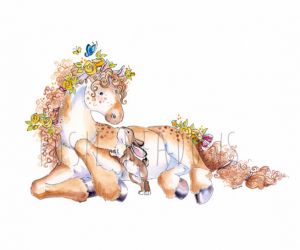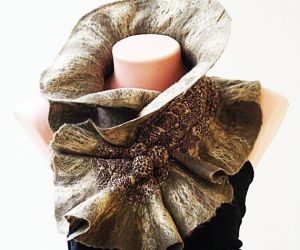From Guest Author Debra Wright
Finally you have signed up for your first basic course on wood carving after years of interest to learn the craft. You have with you a complete starter tool kit ready and have gone over the basic wood carving styles. What’s great is, you will be under the instruction of one of the best wood carvers and trainers in Australia. Your excitement is uncontainable, as you start taking the first few steps toward your goal of becoming an expert and professional wood carver.
To be mentally and physically equipped for a great start, you should orient yourself and be very familiar with the basic guiding principles wood carving newbies or even the experts must always take to mind and heart. The following are simple and basic tips and reminders, but bearing them in mind will do you great as an aspiring wood carver.
1. Cut the wood, not your hand!
Why firm focus and coordination are given high importance in wood carving is because these two attributes help maintain safety and prevent accidents in the field. Don’t stray your eyes and attention from your piece when you’re carving. Basic safety precautions in wood carving include:
- Keep both hands behind the cutting edge.
- The work piece should always be securely mounted before you start (any clamp, vice or belt that will firmly hold down the wood carving to a table or bench to keep hands safe from the blade).
- Keep your carving chisel razor sharp—a sharp chisel is easier to control and doesn’t require much force to cut wood since they pierce and cut wood easily compared to dull knives that may easily slip on the wooden surface and likely cause more injuries.
- Put down your tools when not carving. Do not walk around with the chisel in your hand.
- Keep your workplace clean and organised.
- Firmly and properly grasp the chisel and other carving tools when you carve.
2. Draw the shape on the wood before cutting.
Most experts directly carve their ideas without drawing first the pattern on the wood, unless they feel the need to do so. However, for a beginner like you, it would help to draw first the pattern before proceeding to cut, to avoid wasting time and materials. You might end up forming an image of a dog when, primarily, you intended to create a cute wooden rocking horse toy. Eventually you will learn to cut without the need to trace the pattern, when you get further practice.
3. Don’t go against the grain.
Carving against the grain may tear and splinter your wood. One tip in identifying the flow of the grain is by inspecting the long cell fibres on the wood. When the direction of the grain is hard to determine by mere inspection, you can try making shallow cuts on the wood—if it smoothly peels off, that means you’re going in the same direction with the grain; if the wood cracks or tears when you cut, you’re going against the grain.
4. Take your time.
A beautiful work of art is not done in an instance. Expert wood carvers don’t produce most of their exquisite masterpieces in one sitting. They do it slowly but surely. Beginners should always bear and apply this kind of patience and perseverance in accomplishing their wooden pieces.
Once you get tired, it’s okay to put off the work and relax, then go back when you’re ready. You can’t create a beautiful wooden rocking horse or an elegant wooden wall decor with a tired hand. Do not pressure yourself into finishing your wood carving quickly. Wonderful works are formed in time.
5. Do not hesitate to ask.
As a beginner, you are expected to ask A LOT of questions, so put off that shame and feel free to bombard your instructors with meaningful queries. They would be very much willing to supply you with answers from written theories and from their own experiences. Even the experienced carvers still have a lot to ask, how much more being a beginner?
6. Be open to suggestions and criticisms, gather ideas, and explore your wood carving potentials.
As an artist, you must be open minded and willing to accept corrections and recommendations from your instructors and fellow artists. Having this attitude broadens your creativity and helps you explore different styles that can lead you to discover your own wood carving styles. Read books, do research, visit museums, attend exhibits, and listen to ideas of other artists to fill your artistic and creative tanks. By doing so, you are not imitating them. You are merely creating something original out of what’s already existing, and that’s still pure creativity.
Guest author Debra Wright is a creative and innovative blogger and online marketing specialist. She uses her wordsmith skills to share her ideas, thoughts, and tips to other people about topics that fascinate her, such as Wood Carving. Follow Debra on twitter @debrawrites.
Images owned by the author.















